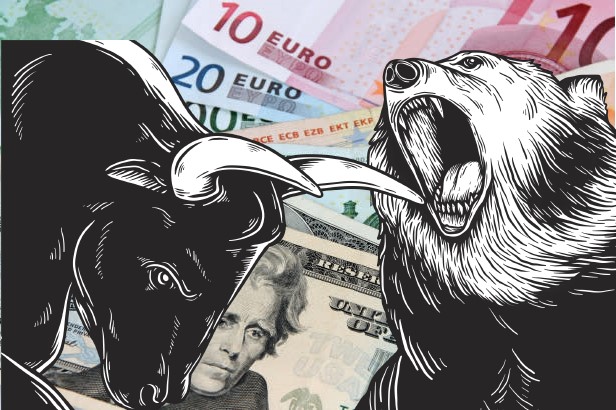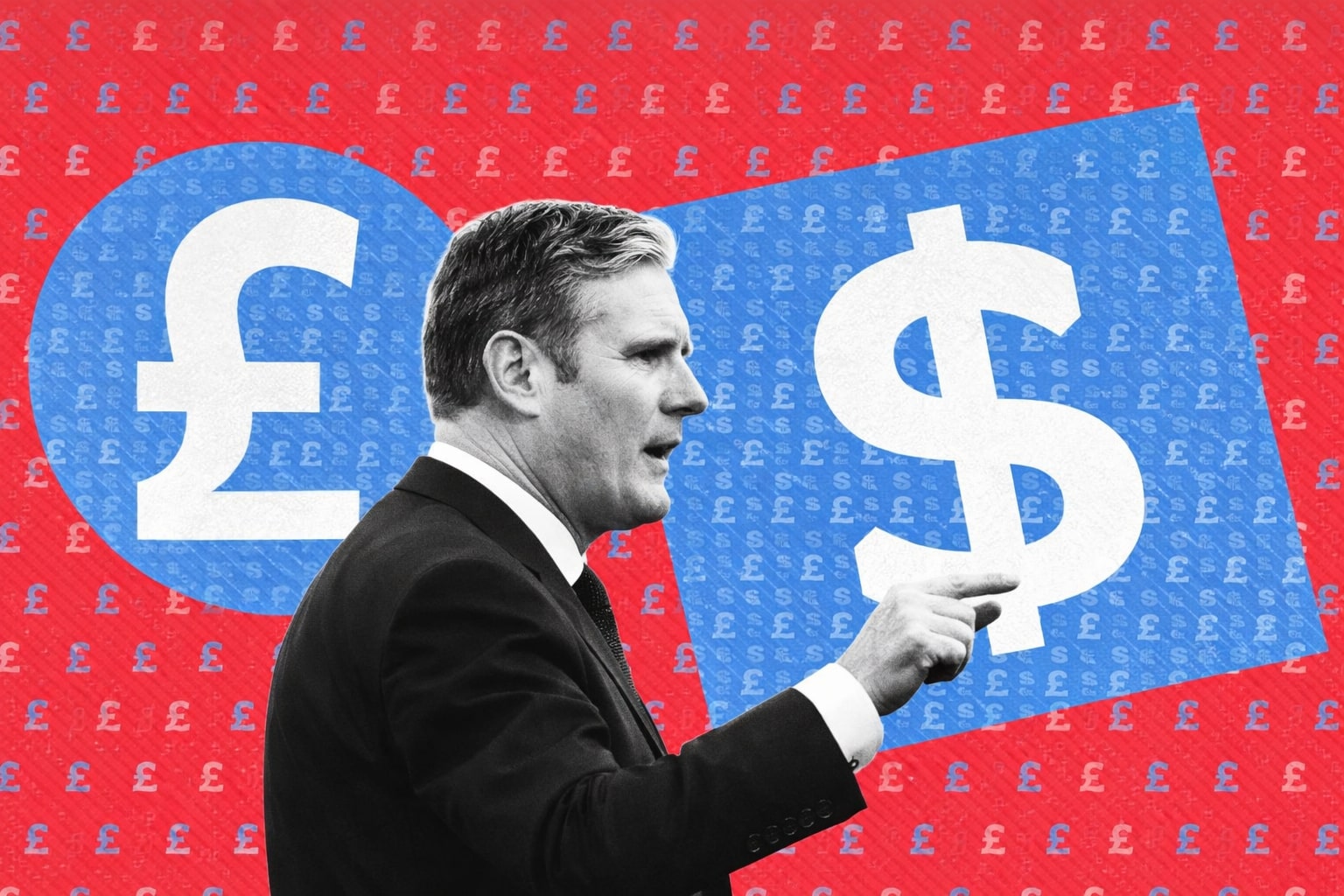
What are Forex CFDs
Forex CFDs: The Key to Leveraged Trading in the Global Currency Market
Trading with Forex CFDs is a way for traders to trade whether the price of an investment will cross up or down over the years. The Forex market CFDs fluctuate because traders can profit from those exchange rates without proudly owning them.
In Forex CFDs, Traders can position their trade in long or short.
They can take a long position if they assume the price will increase, and they can take a short position if they think the price will go down.
How Trading Forex CFDs Works ?
Buying or selling contracts when trading Forex CFDs is based on the price differential between the entry and exit points.
The fact that Forex CFDs are exchanged through brokers or online trading platforms is crucial to keep in mind. CFDs are traded directly with the broker as opposed to futures contracts, which are traded on open markets. The broker's capability to act as a market maker and quickly fill positions contributes to increased liquidity.
Futures contracts and CFDs differ significantly in that futures contracts have a set expiration date whereas CFDs do not. Trading flexibility is provided by the ability for traders to keep their positions for as long as they like.
Contrary to spot or futures trades, which frequently need higher investment amounts, online trading platforms allow anyone to trade Forex CFDs with smaller quantities.
How Do I Start Trading Forex?
What are the basic terms of forex?
Becoming familiar with the fundamental terms and ideas related to the foreign exchange market is essential before beginning with forex trading.
Currency Pair: while buying one currency, the other one is sold. They combine to create the exchange rate.
Exchange Rate: is the rate at which one currency can be exchanged for another. Exchange rates fluctuate based on market factors, including supply and demand.
Base currency: The base currency is always listed first in a currency pair.
The base currency in the EUR/USD example is the euro (EUR).
Quote Currency: The second stated currency in a currency pair.
The quoted currency is the USD (EUR/USD).
A long position: (purchase) entails purchasing an asset hoping its market value will increase.
Short Position: Selling an asset in a short includes anticipating a decline in the asset's market value.
Bid price: is the market price that a currency may be sold.
Asking price: The market value of an item that can be purchased.
Spread: is the price difference between the ask and the bid.
Reflects the currency pair's transaction costs and liquidity.
Appreciation: When the value of an exchange rate rises over time, appreciation takes place.
Depreciation/devaluation: When the value of an exchange rate declines over time, it is referred to as depreciation or devaluation.
Gapping: A gap is a significant price difference between a day's opening and closing prices, with no trade taking place in between.
Pips: Abbreviated as "percentage in point," a pip denotes a minor change in an exchange rate's price. Except for currency pairs based on the Japanese yen, displayed with two decimal places, it is the fourth place in most currency pairs. In the currency market, earnings and losses are expressed in pip units.
Lot: Lots are used in forex trading. When trading in dollars, one standard lot equals 100,000 units of the base currency, or $100,000. With 10,000 and 1,000 units, respectively, mini-lots and micro-lots represent smaller cash units.
Leverage: Leverage enables traders to take more significant market influence with a lower starting stake. It can boost prospective rewards, but it also entails higher risk. Up to 30 times the trader's initial investment in leverage is available from some brokers.
Margin: The minimal deposit needed to keep a position open is known as a margin. It is determined based on the trader's leverage and the amount of the position. For instance, the needed margin would be $5,000 for an open position of $150,000 and a leverage of 30.
Risk management: Implementing measures to control or lower financial risk is known as risk management.
Techniques like stop-loss orders automatically close a transaction when it hits a predetermined price to reduce losses.
Stop-Loss: orders are a risk management technique that lets traders exit a transaction when the price reaches a specific threshold.
Take profit: A take profit order is a risk management technique that enables traders to automatically cancel a position when it achieves a specific predetermined profit target.
Profit/Loss: Profit is the term used to describe the gains made by trading, whereas loss is used to describe losses. When a trade position is closed, it is realized.
What Factors Influence The Prices In CFD Trading ?
CFD (Contract for Difference) trading is primarily driven by specific elements such as commodities supply and demand dynamics, as well as fluctuations in trends in various business sectors. Forex trading, which involves the exchange of currencies, on the other hand, is mostly driven by global events such as large shifts in employment or changes in the worldwide political environment.
Interest Rates: Monetary policy in the United States, particularly in response to inflation, is critical, as higher interest rates can encourage investment for higher returns. As a result, currency rates tend to gravitate toward the currency with the highest interest rate.
Political News and Events: Currency exchange rates are also influenced by political news and events in the United States and throughout the world. As the world's main currency, the US dollar is frequently regarded as a safe haven, and its value tends to rise during times of economic and political uncertainty.
For example, the Russian currency lost one-third of its value following Russia's invasion on Ukraine and the application of sanctions by the West. This highlights how political events can have a substantial impact on the value of a currency. As a result, a surge in oil and fuel costs aided the ruble's rebound to pre-attack levels, if not higher.
Commodity Prices: The value of a currency can also be influenced by commodity prices, particularly for countries that are net importers or exporters. Commodity currencies, such as the Australian dollar, New Zealand dollar, and Canadian dollar, are issued by countries with substantial export quantities, and their value is frequently influenced by commodity price movements.
Economic Indicators: Exchange rates in the Forex market fluctuate based on the demand for one currency over another. This market includes currencies from all over the world, and there are multiple factors that could impact the direction of various currency pairs, based on their perceived value for purchasing goods and services or investing.
It is critical for people looking to learn Forex trading to comprehend the elements that can affect the value of currencies. The value of a country's currency is heavily influenced by its economic health. The publication of critical economic data, such as the Gross Domestic Product (GDP)—the total value of all completed products and services produced by a country over a certain period—provides insights into a country's economic performance relative to others, influencing the Forex market.
Read More
-
AMD Stock Price Forecast - AMD at $223: AI GPU Ramp, CES 2026 Catalysts and the Next Move for NASDAQ:AMD
03.01.2026 · TradingNEWS ArchiveStocks
-
XRP Price Forecast - XRP-USD Near $2 as Whales Add $3.6B and ETF Inflows Top $1.18B
03.01.2026 · TradingNEWS ArchiveCrypto
-
Oil Price Forecast: Oil Near $60 Weigh Venezuela Shock Against 3.8M bpd Glut
03.01.2026 · TradingNEWS ArchiveCommodities
-
Stock Market Today - Wall Street Opens 2026; Dow 48,382, S&P 6,858 on Chip Rally, Gold Boom and Bitcoin $90K
03.01.2026 · TradingNEWS ArchiveMarkets
-
GBP/USD Price Forecast - Pound Tests 1.35 as BoE Caution Meets Soft US Dollar
03.01.2026 · TradingNEWS ArchiveForex


















